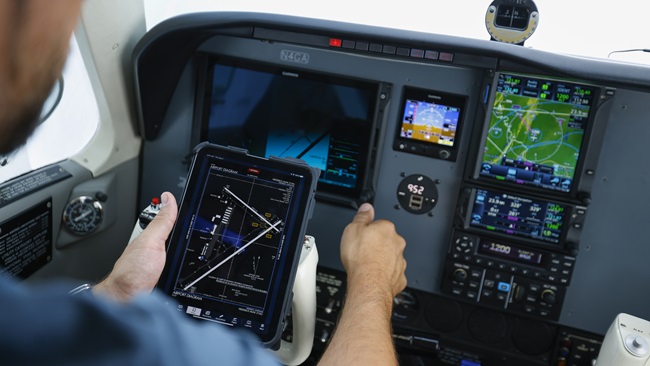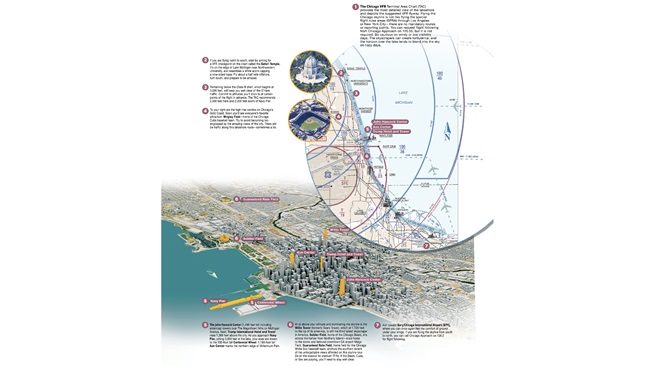 Many moons ago, a range-riding cowboy came across an Indian tracker lying flat on the ground with his ear over a wagon-wheel track etched in the dirt. Without looking up, the tracker mumbled, “Covered wagon. Four horses. Two men riding in front. Passed this way half an hour ago.”
Many moons ago, a range-riding cowboy came across an Indian tracker lying flat on the ground with his ear over a wagon-wheel track etched in the dirt. Without looking up, the tracker mumbled, “Covered wagon. Four horses. Two men riding in front. Passed this way half an hour ago.”
Stunned by the tracker’s revelation, the cowboy said, “Miraculous! How could you possibly know that by listening to a wagon track?”
The tracker replied, “Wagon ran over me half an hour ago.”
Unless he’s taken a wagon wheel to the noggin, a good tracker appears to perform miracles in the pursuit of a moving object. He manages to use simple clues to reveal the motion of that object. Then he stealthily closes the distance between himself and that object to claim his prize. No miracle, just experience. Then again, good pilots do something similar when they use their tracking skills to pursue, capture, and center a displaced course deviation indicator (CDI).
Let’s assume you’ve selected and intercepted the desired course. If you’re like most pilots, you’ll fly a heading parallel to that course, monitor the CDI, then look for clues about how wind affects the airplane.
If you’re in an air mass that doesn’t move (referred to as a rare event), then the CDI shouldn’t move, either. This assumes you’re holding a constant heading because you’ve mastered the art of straight flight (also a rare event for some pilots).
Suppose, however, that this air mass moves crosswise to the selected course (referred to as a common event). Now the CDI moves in response to crosswind drift. Good tracker that you are, you’ll identify this clue and immediately apply a wind correction to stop the CDI’s motion. Yes, this action involves a little guessing, which is what attracted me to this concept as a student pilot. Guessing was my specialty. You guess (perhaps more than once) at the wind correction angle (WCA) necessary to stop the CDI motion. Then you reintercept the course, apply the WCA, and claim your prize (a centered CDI).
Apparently some pilots enjoy prizes, because they’ll center the CDI, then drift off course only to center the needle again…and again…and again. It’s as if they’re doing this purely for the dopamine rush. The fact is that this method of tracking is challenging for some people because it involves thinking in terms of angles. Expressed another way: Thinking + Angles = Why does my brain hurt? Perhaps there’s an easier way to track.
The next time you’re flying parallel to the desired course, wait for the CDI to deflect slightly. Then immediately roll into and then out of a small bank angle of either five, 10, or 20 degrees. A little guessing is still involved here, because the bank angle used depends on the rate of CDI movement and the sensitivity of the course being tracked. Your initial objective is to stop CDI movement. No heading references (angles) are involved here. You’re simply using the sky pointer and bank indices to roll into and then immediately out of small bank angles without ever maintaining a constant bank angle. Again, you observe the CDI for movement. If movement is detected, the same immediate roll-in and roll-out motions are applied, but perhaps to a lesser bank angle this time. When the CDI stops moving, you’ve found your WCA. The same roll-in and roll-out motions can now be applied to move the CDI back to its centered position.
This method of tracking avoids the need to think in terms of angles. It’s more like an aviation version of pinball, where the airplane is rolled right or left in increments to stop a moving CDI and return it to its centered position (slapping the side of your panel to encourage needle movement isn’t allowed here).
So now you have an alternate method of CDI tracking that should keep a deflected VOR needle from banging on the side of the instrument case, much like a man with a cane trapped in an outhouse. At least you’ll be spared the embarrassment of having an instructor ask you why the VOR needle is pegged against the side of the case. After all, your typical response is “Ah, because we’re close to the station.”
The embarrassment begins when your instructor says, “That’s an acceptable excuse, but not when the VOR’s name is different from the city over which the airplane is flying.”
Web: www.rodmachado.com
Rod Machado will be a featured speaker at many of AOPA’s regional fly-ins this year.



